I was looking at one of the schematics of the filament board of an x-ray machine, where they had used the SG3524N for the generation of PWM and MOSFETs for the generation of an alternating voltage for the filament transformer. The filament transformer in turn then creates the filament current in the tube.
- I am not able to understand what waves are generated by the SG3524N even after going through the datasheets since most of the diagrams there have shorted the two emitters and collectors before the use shown below.
 2) Are the four waves produced have some phase shift? How does this IC basically work meaning how the outputs are generated in this case? I've gone through its datasheet but am not able to understand it's working the way shown here below where its outputs are given to the transistor and then to the MOSFETs:
2) Are the four waves produced have some phase shift? How does this IC basically work meaning how the outputs are generated in this case? I've gone through its datasheet but am not able to understand it's working the way shown here below where its outputs are given to the transistor and then to the MOSFETs:
